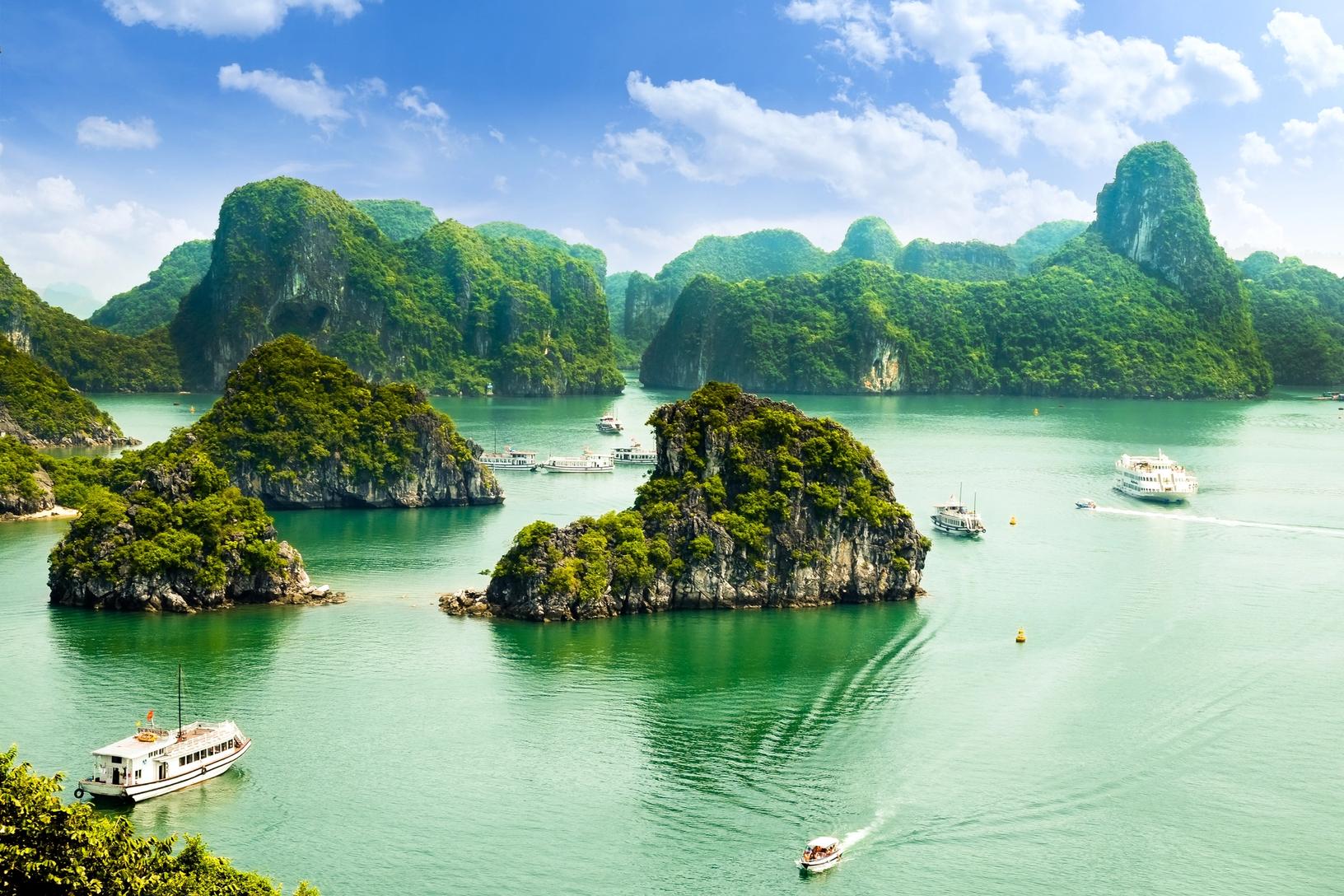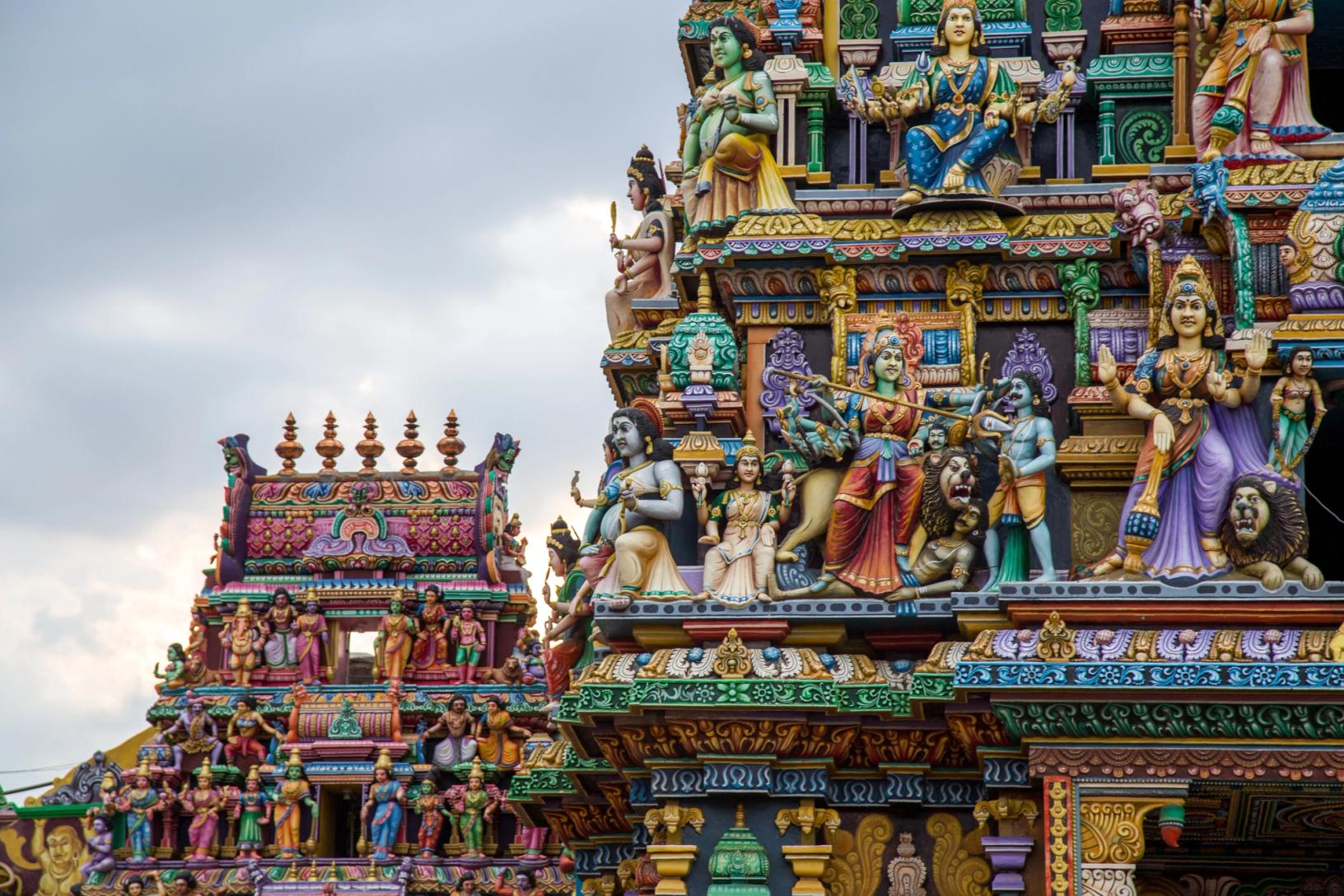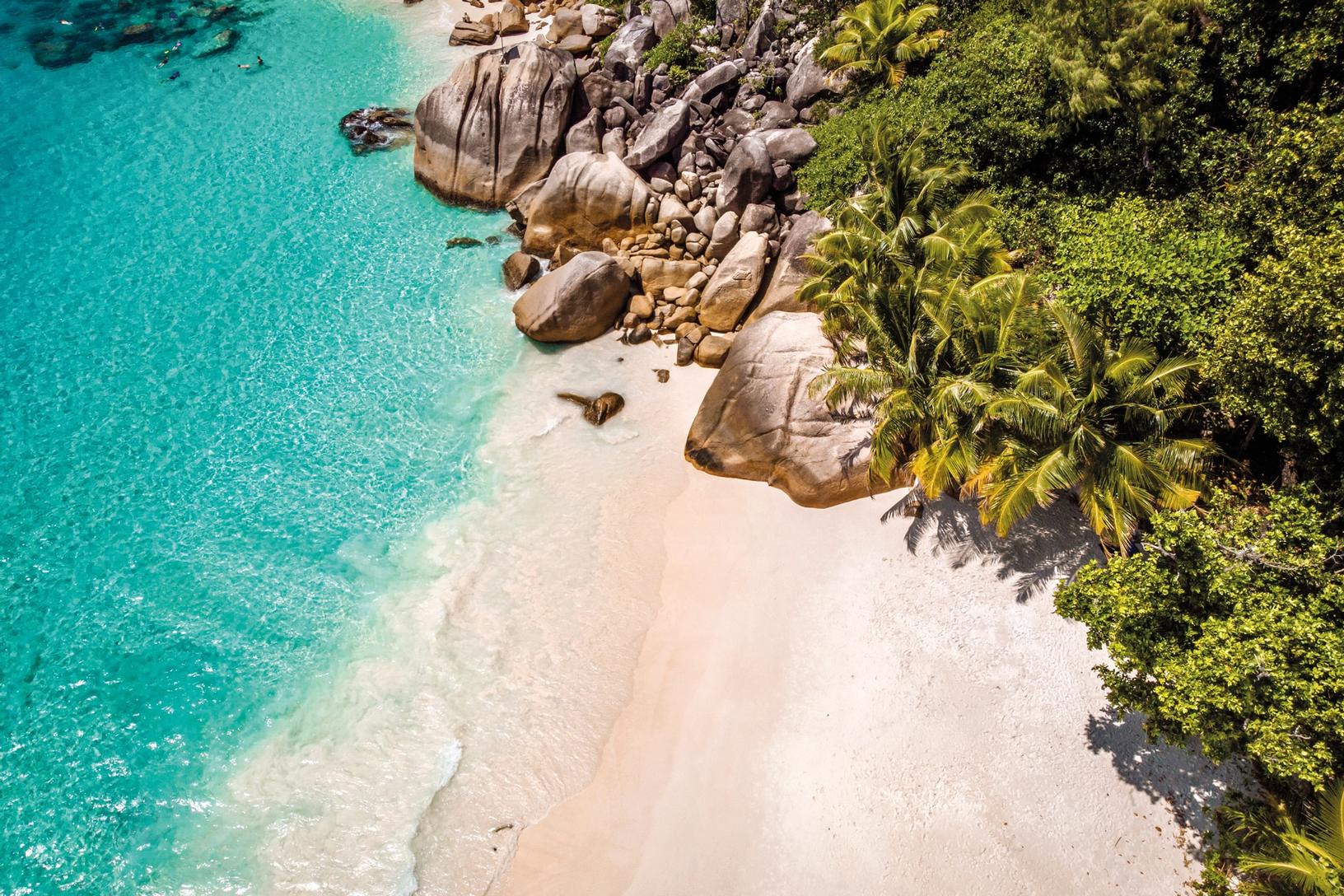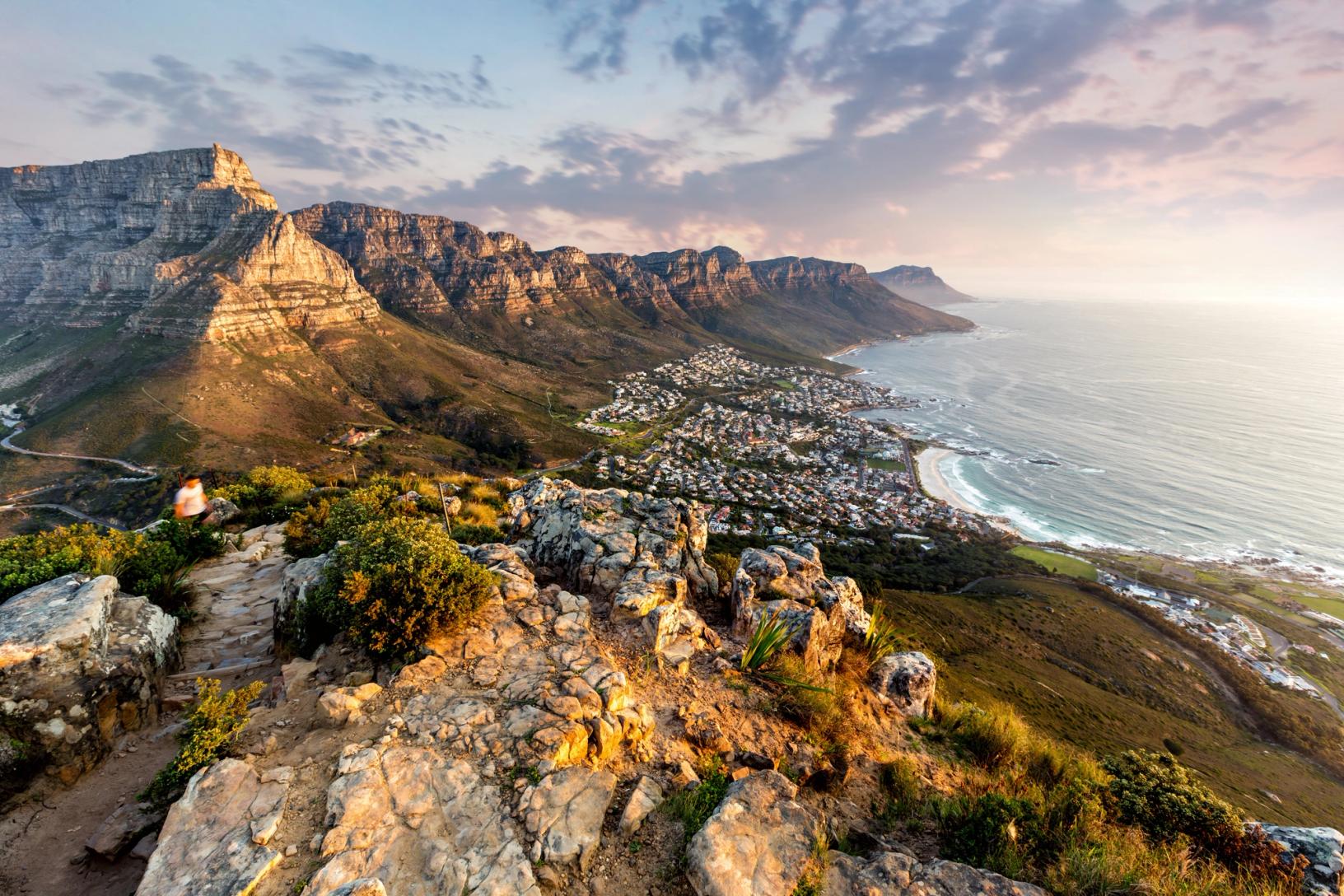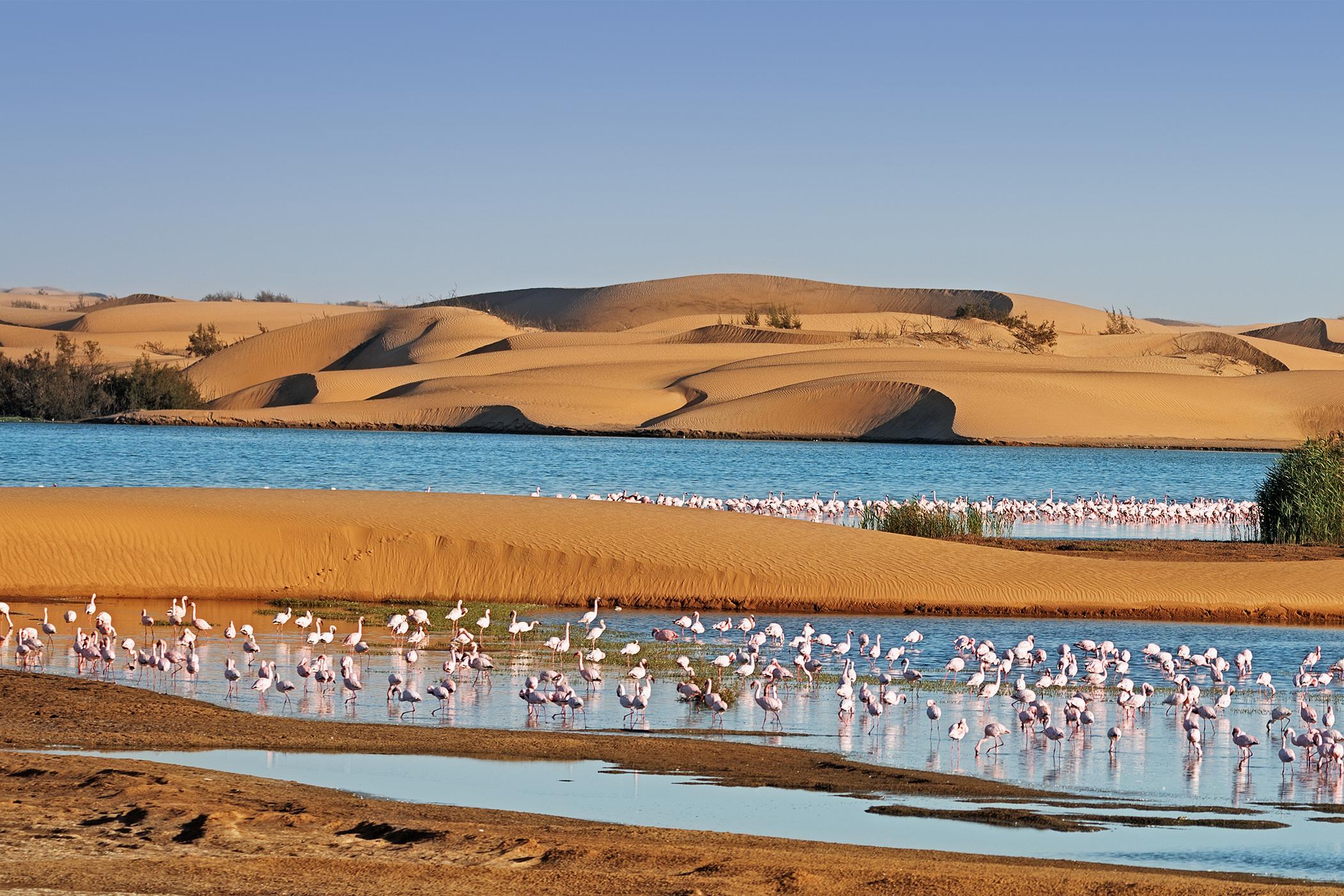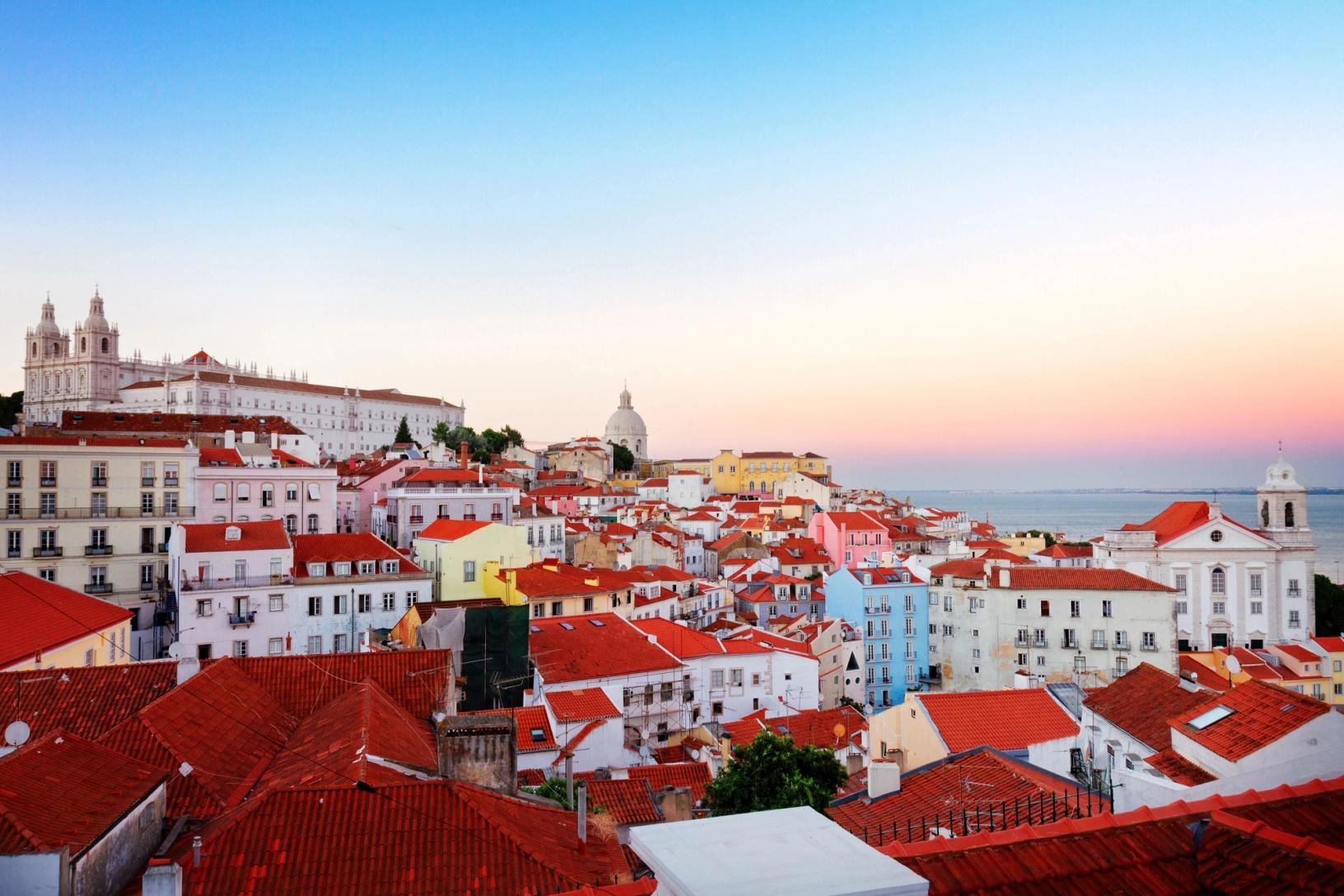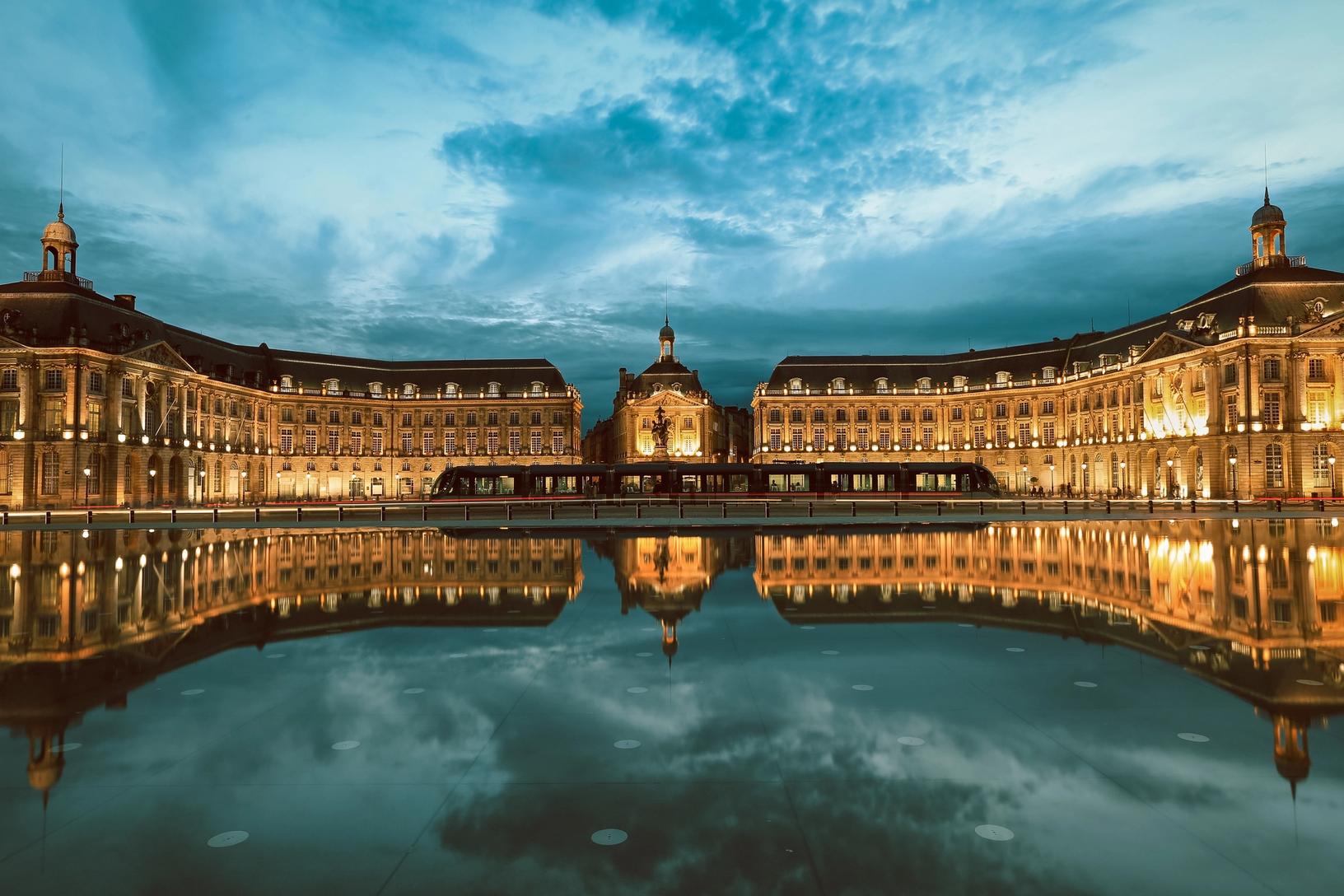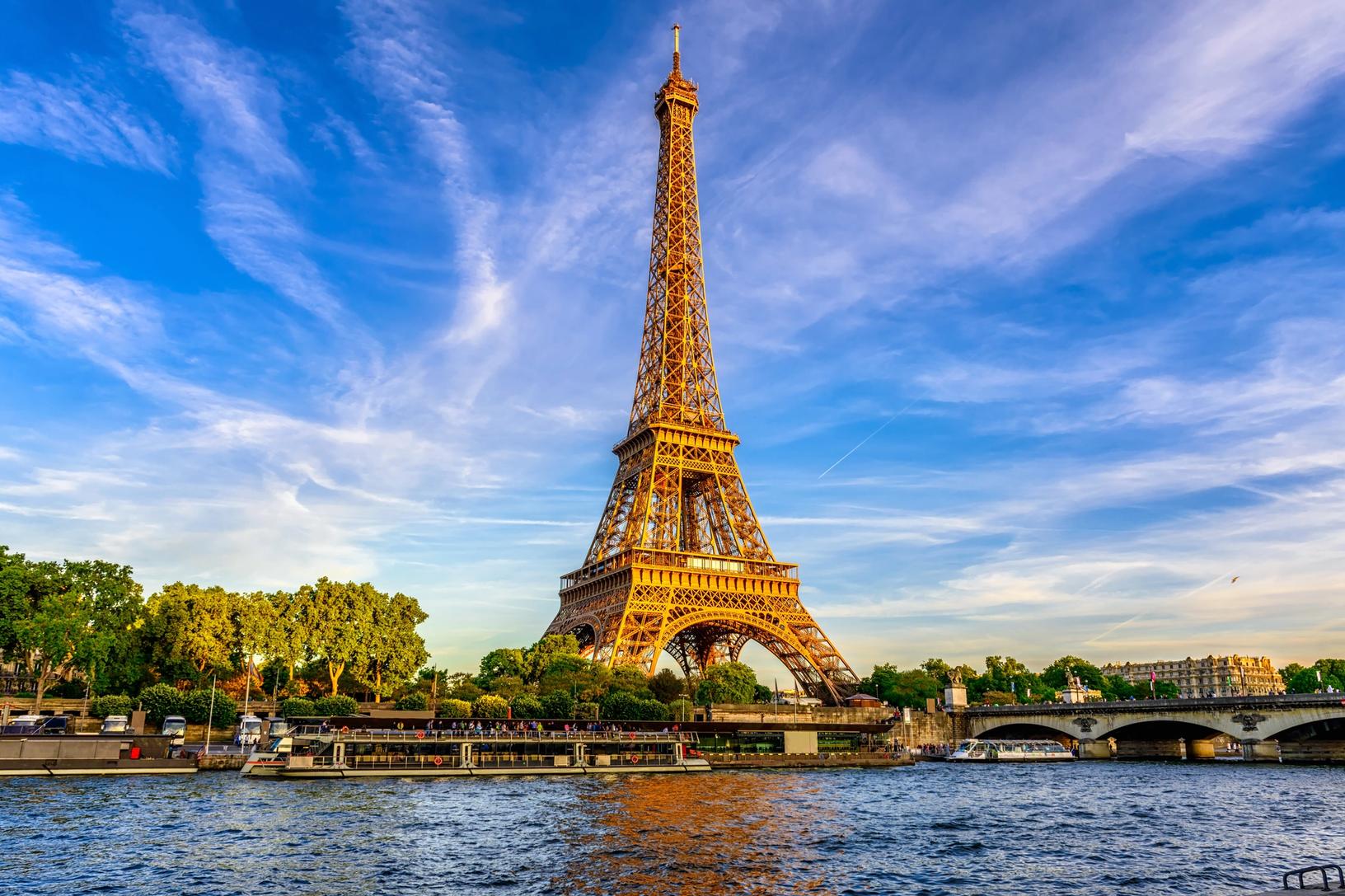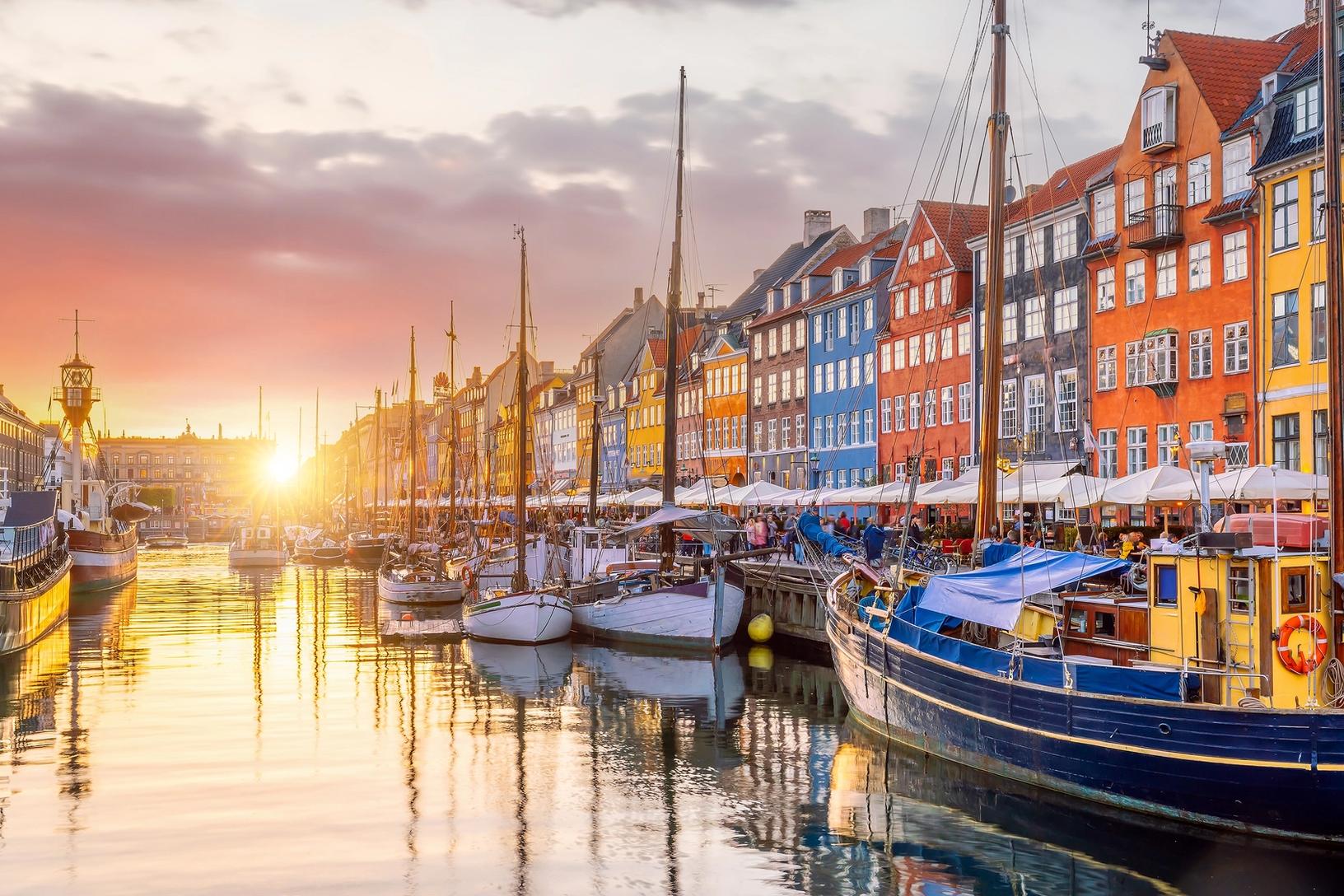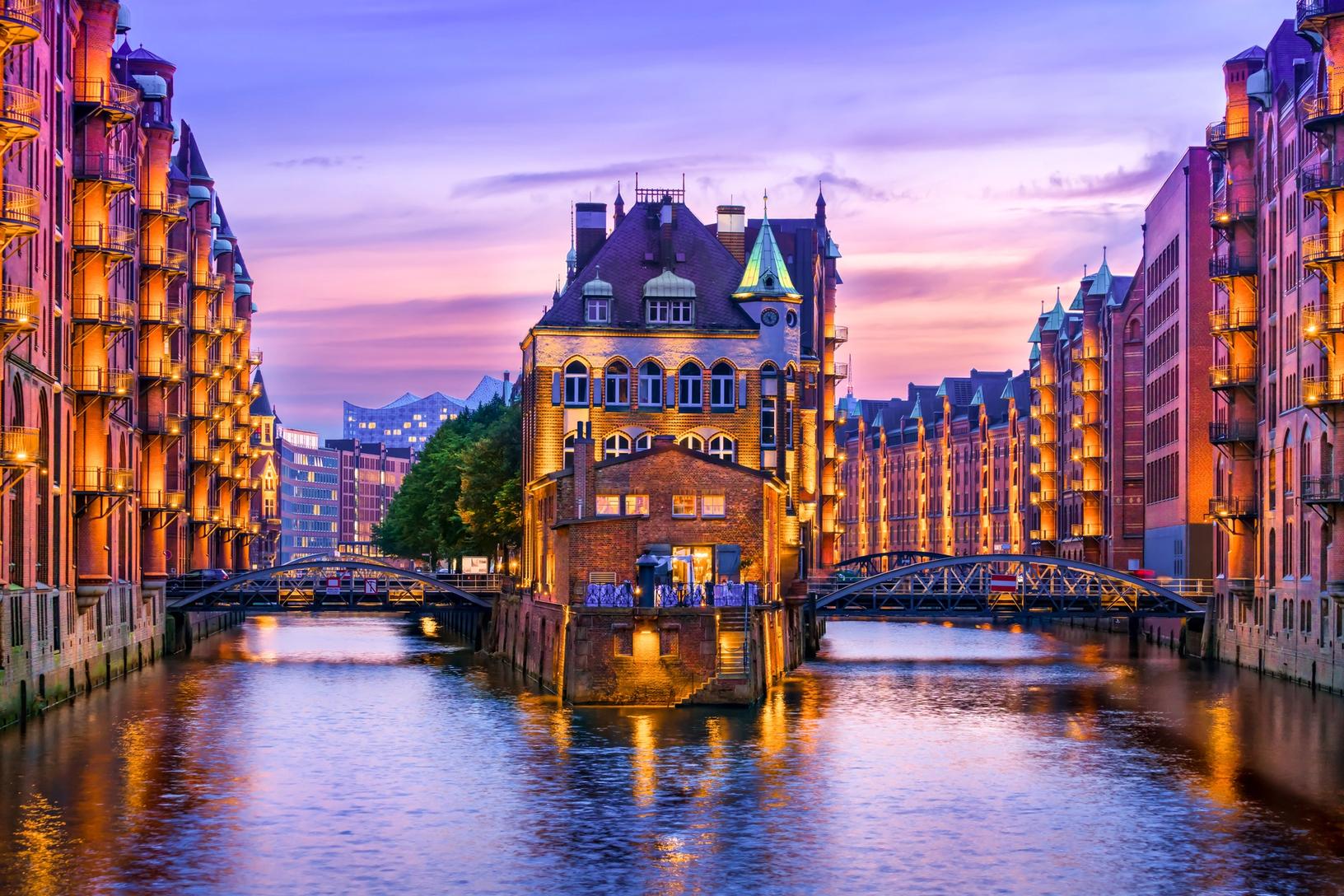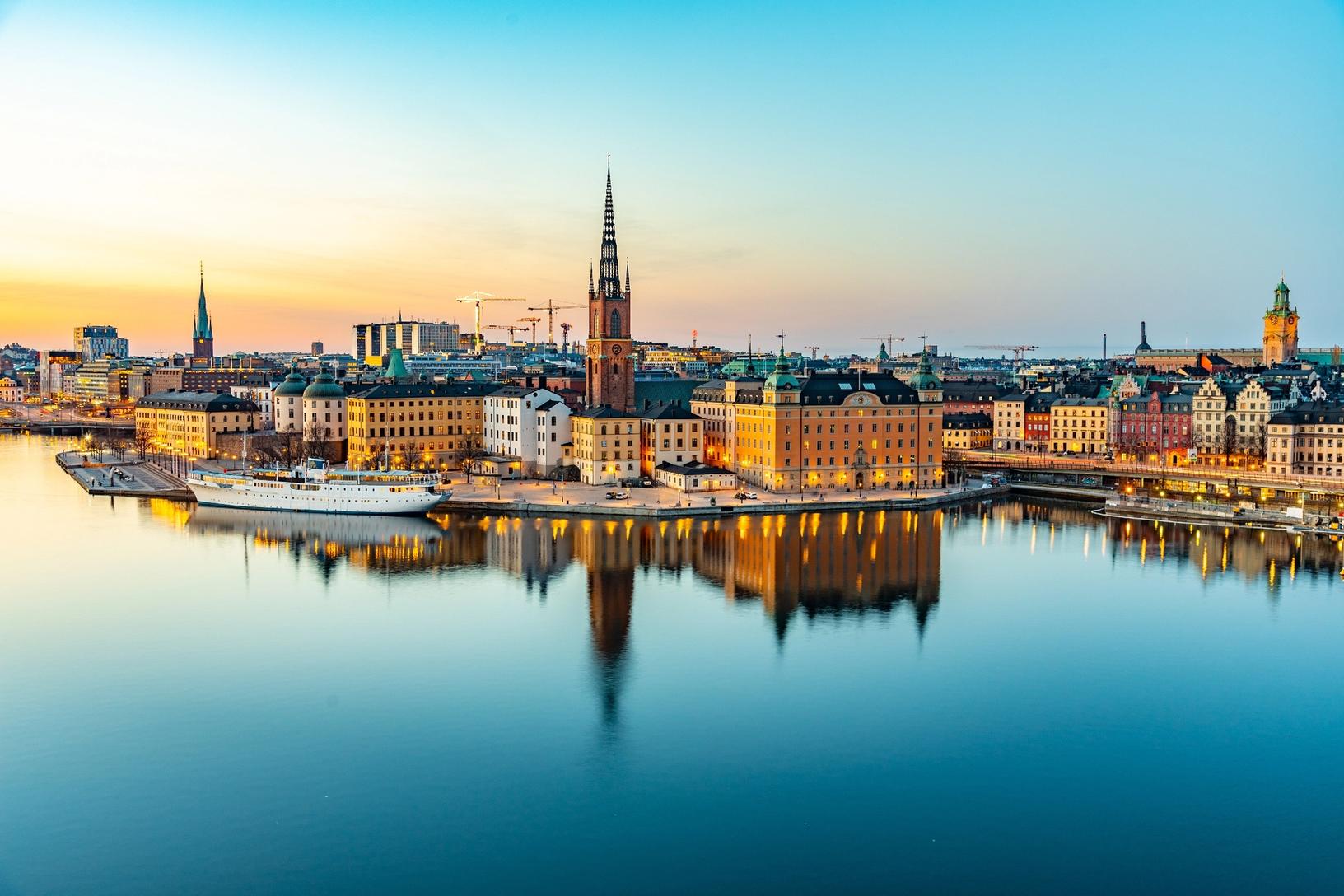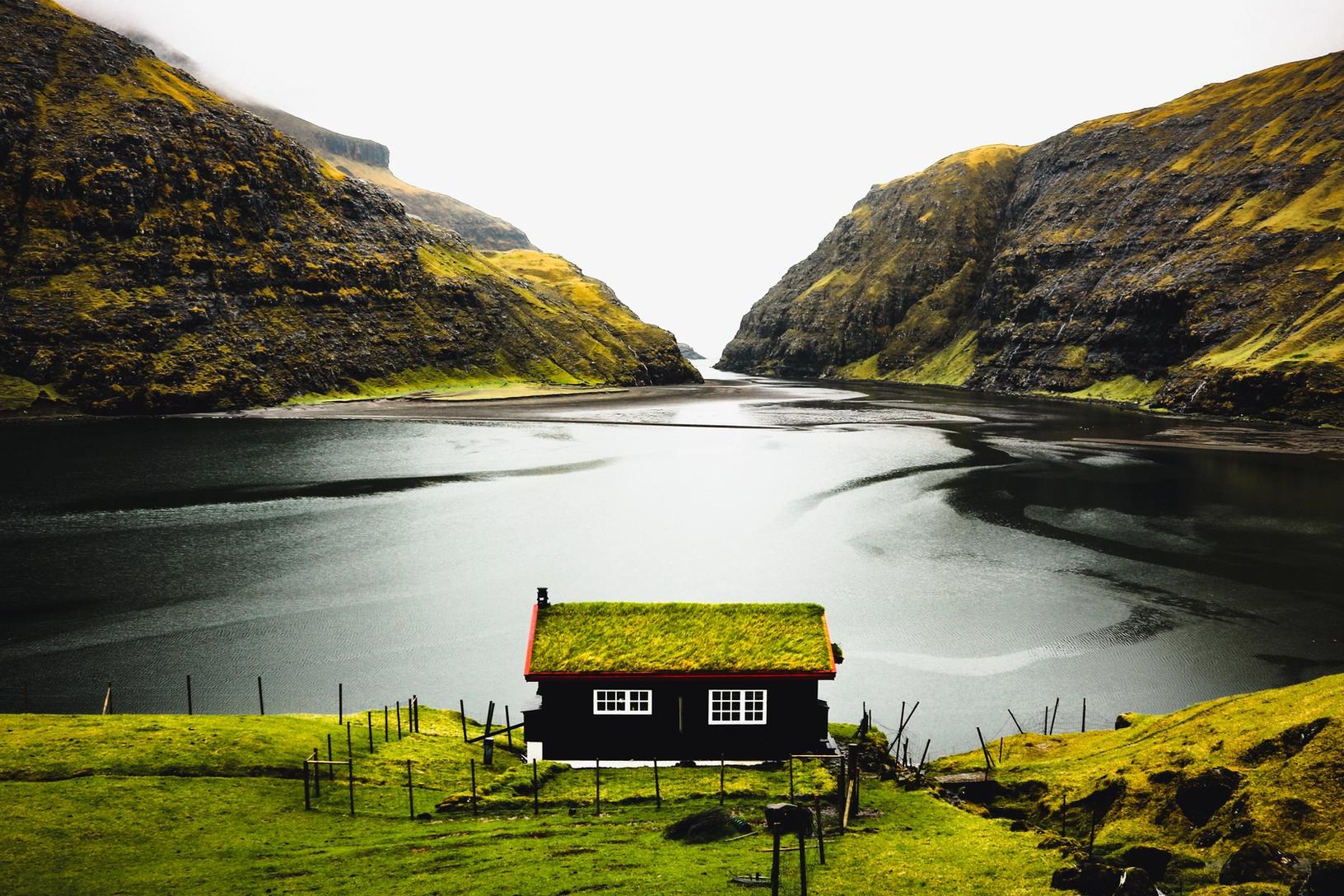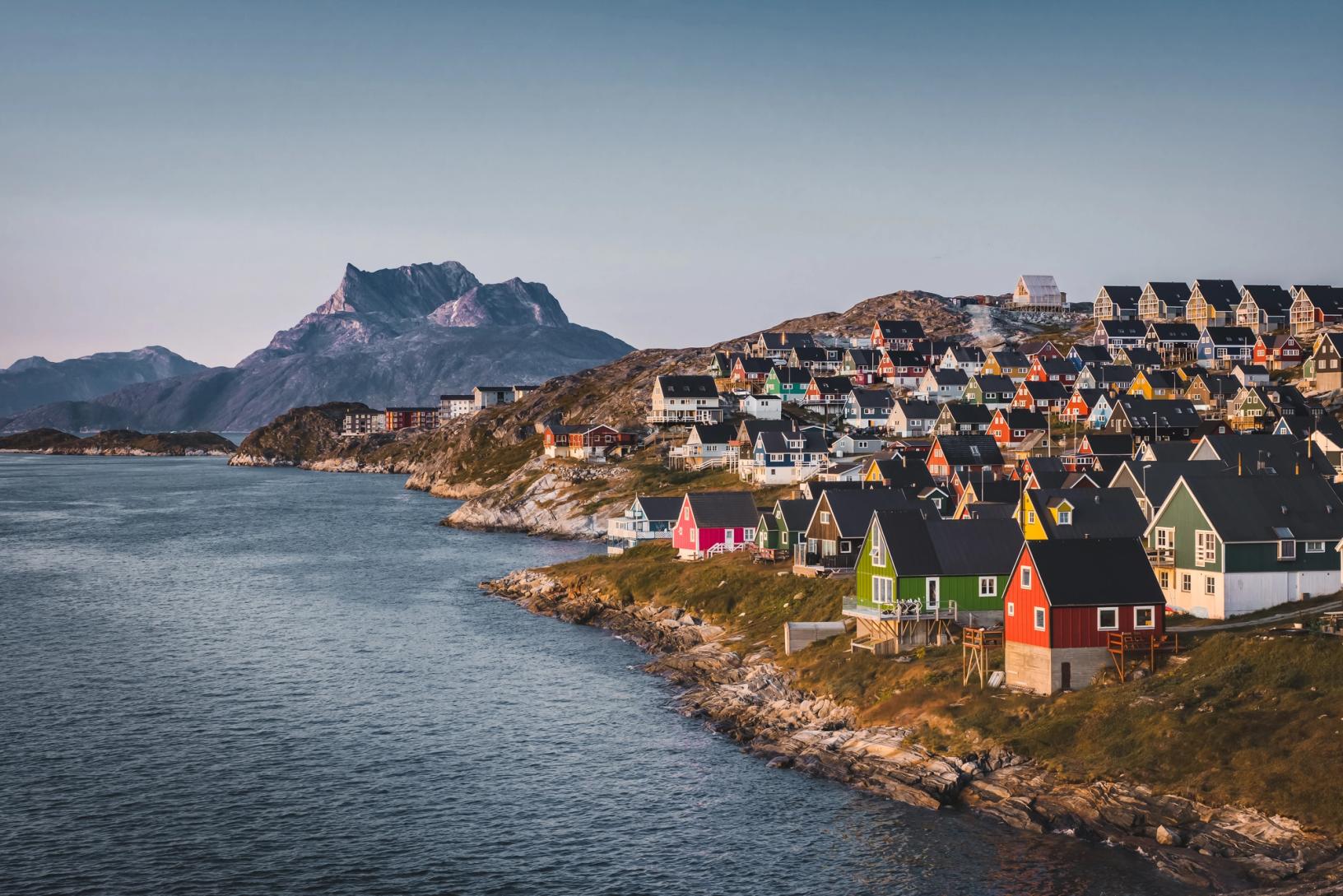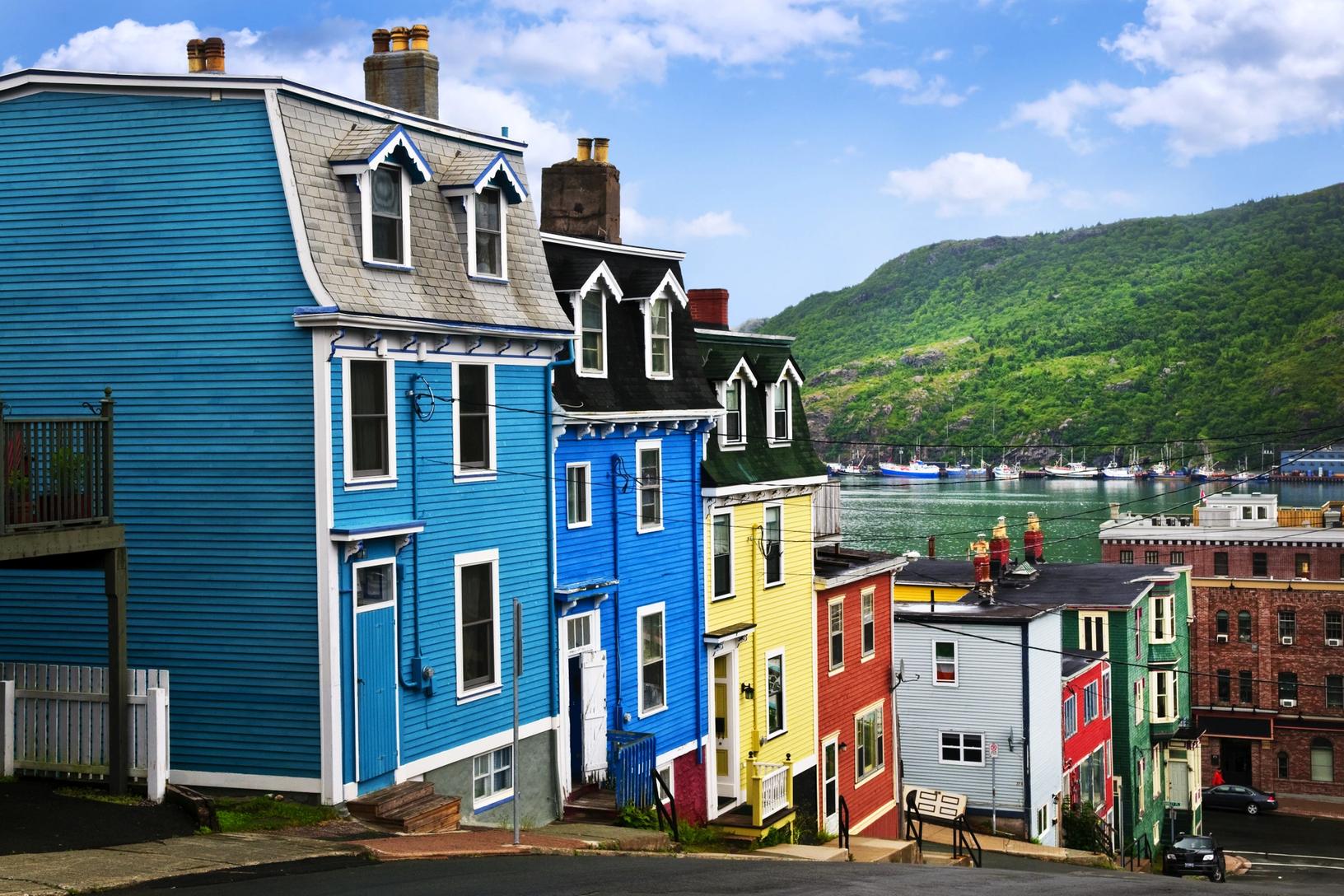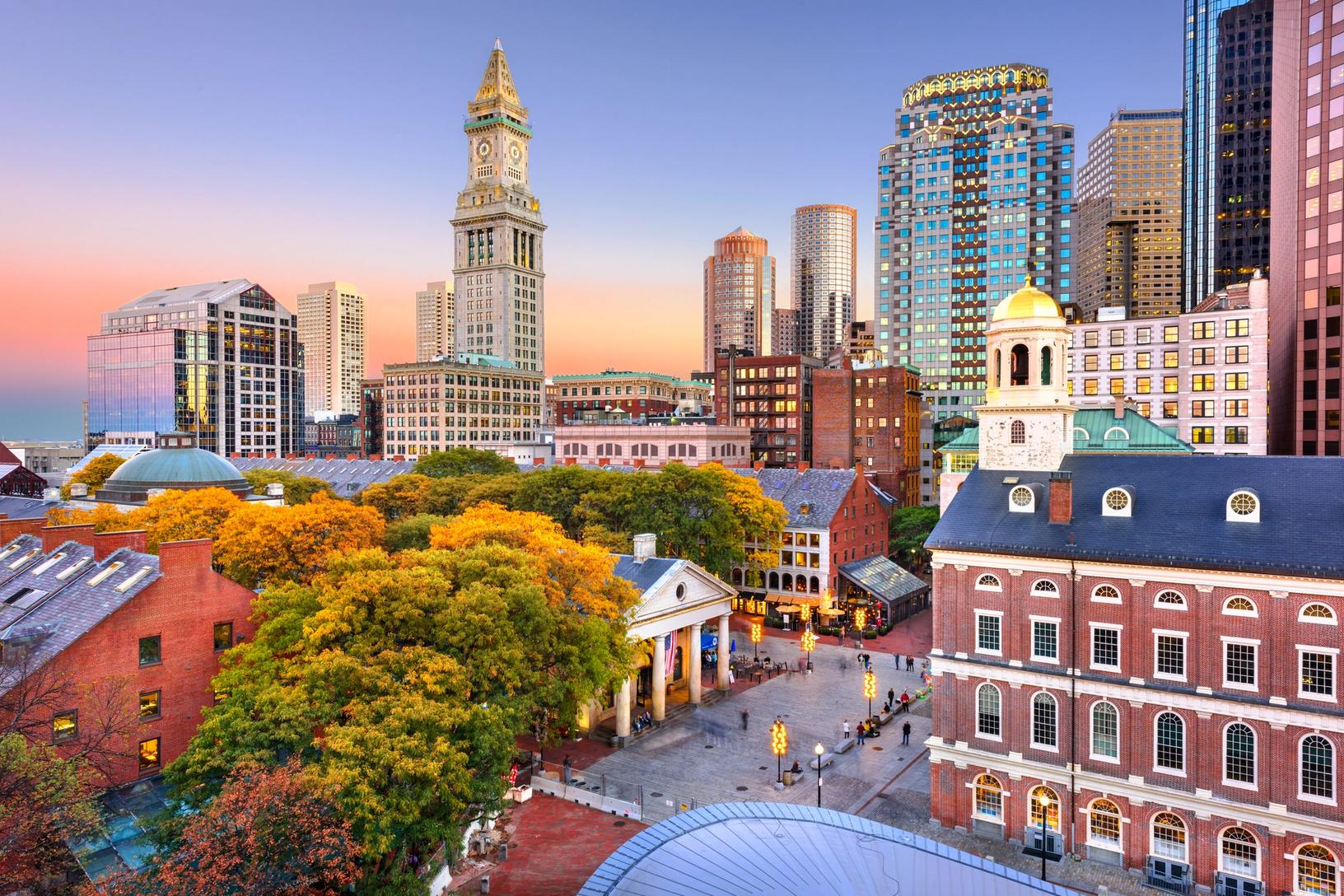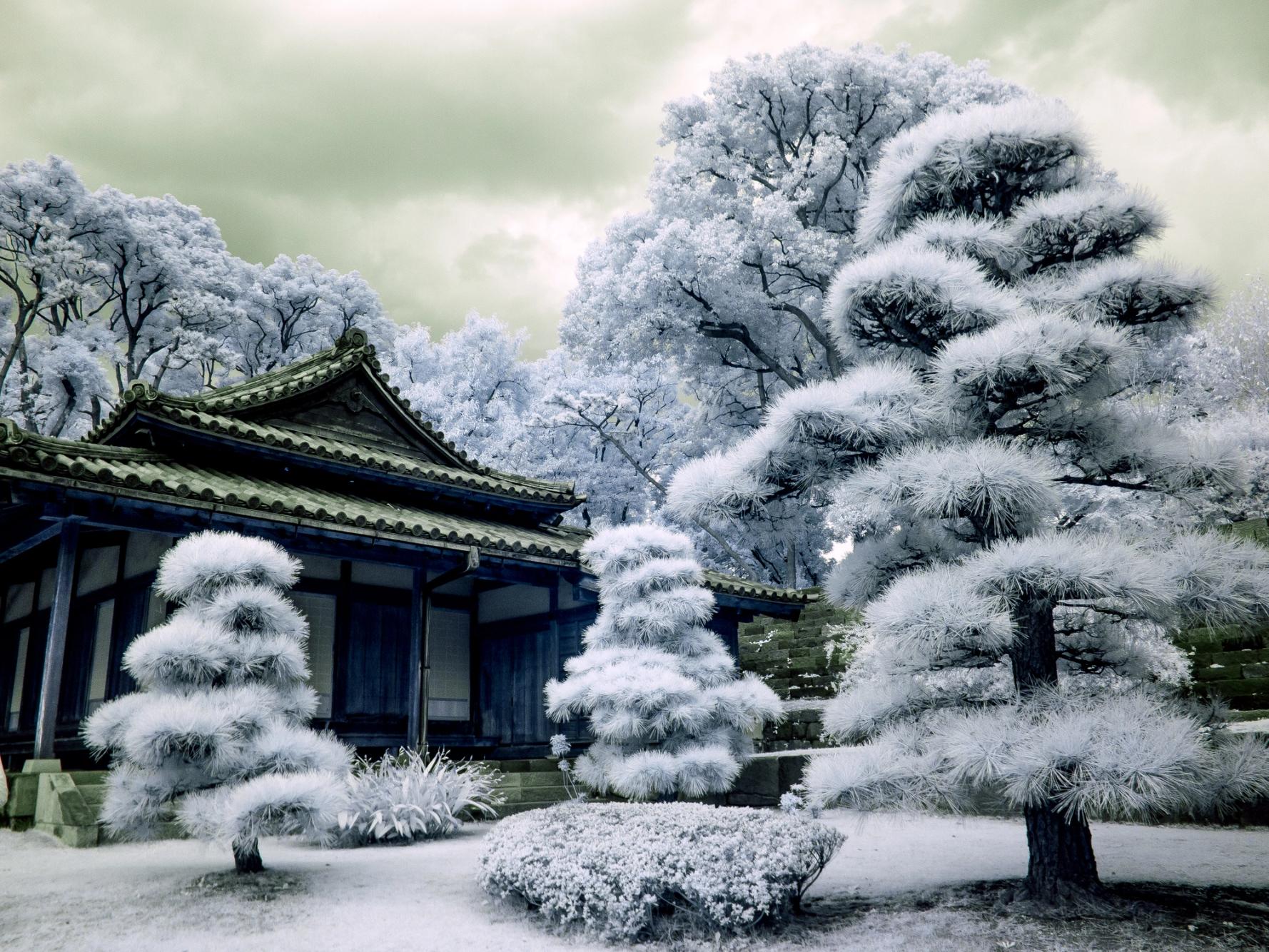
Tag: Nara Japan
Wednesday, January 22, 2025 – Photo of the Day – Naha, Okinawa, Japan

Where in the World Are We?
We are in Naha, Okinawa, in the far south of Japan.


NAHA, OKINAWA, JAPAN
The independent kingdom of Ryukyu
Unlike other parts of Japan, Okinawa has a separate history, having been the independent kingdom of Ryukyu during the 15th century. It is located in an ideal area between mainland Japan and Taiwan; the small kingdom prospered and traded goods with Japan, China, Korea, and Southeast Asia.
Subsequently, Okinawa developed its unique history and culture, which is evident today. Naha, the largest city in Okinawa Prefecture, has nearly 6 million visitors from outside of Okinawa Prefecture every year, and it has been one of the most popular destinations in Japan. What makes this city so unique? You are sure to be fascinated by the magnificent Okinawa landscapes while you are in the city.
Remaining the kingdom of Ryukyu is a “must-see,” but you will also learn the history of Okinawa during World War II. Okinawa prefecture has been under American occupation since 1945 and finally returned to Japanese sovereignty in 1972. You could still see the combination of Japanese and American cultures.
SIGHTS
• Shurijō Castle
• Mihama Town Resort American Village
• Okinawa Churaumi Aquarium
• Okinawa World
• Bios Hill
• Southeast Botanical Gardens
• Katsuren Castle Ruins
• Peace Memorial Park
• Nakagusuku Castle Ruins
OKINAWA FOOD GUIDE
In Okinawa, food is life, and the delicious regional cuisine is one of the secrets to Okinawan longevity. Okinawans use the word nuchigusui to describe their cuisine. It means “medicine of life” and indicates how, for the people of Okinawa, food is more than just sustenance; it nourishes both body and mind. Okinawa is also one of the world’s Blue Zones, an area where people live longer than the average life expectancy, and the islands’ diet is considered a significant contributing factor. Visitors can tour Okinawa through their taste buds, sampling tropical fruits, island vegetables, and local dishes unlike elsewhere in Japan. In doing so, they may discover one of the secrets to Okinawan longevity.
Awamori is the oldest distilled alcoholic drink in Japan and is believed to be the predecessor of shochu (another distilled Japanese spirit). The technique for making awamori is said to have remained unchanged for over 500 years. Indica Thai rice is soaked in water and sprinkled with black koji mold, then fermented with water and yeast before undergoing a single distillation to complete the process.
Today’s Excursion – Naha Sightseeing
We enjoyed a lovely panoramic drive past some critical local landmarks. Okinawa-Honto, the main island, is the largest and most important in the Nansei-Shoto Islands. Its cultural differences with mainland Japan were once evident in its architecture, of which almost all traces were obliterated during World War II. The USA retained control of Okinawa after the war, eventually
handing it back to Japan in 1972. Naha is the capital of Okinawa, where little remains of the old Ryukyu culture.









Tonight’s dinner was in The Alantide Restaurant.





SHARENE – STAR OF THE POCKET PIANO
TONIGHT’S SHOW WITH AT 9:15 PM, VENETIAN LOUNGE, DECK 5
World’s Greatest Female Harmonica Soloist Sharene began her musical training as a classical pianist at 5. However, when she discovered the chromatic harmonica a few years later, her true musical obsession began.
Drawn to the instrument’s beautiful sound, Sharene set out to
take harmonica further than any female artist before.
You will not believe what she can do on a harmonica…AMAZING!!!
Check out Sharene’s YouTube Channel.



Friday, April 19, 2024 – Photo of the Day – Osaka, Japan

Where in the World Are We?
We are in Osaka, Japan.

OSAKA, JAPAN
EXPLORE THE CULINARY CAPITAL OF JAPAN
An important commercial centre since medieval times, Osaka and its castle played a major role in the history of Japan and its unification in the 16th century. Built in 1583, it towers above the city in the heart of a six-hectare park with ramparts and moats. However, the 5-storey, 8-inside-storey building you can visit today was completed… in 1997, the castle having been rebuilt many times.
But Osaka also stands out for another aspect: its gastronomy, which for some makes it the capital of taste in a country where the delicacy of dishes and the marriage of flavours have been elevated to the rank of a major art.
When it comes to Osaka cuisine, three key elements stand out: takoyaki, okonomiyaki and izakayas. The first two are eaten, while the third is where you can eat.
Let’s start with takoyaki. These little balls, crispy on the outside and soft on the inside, contain pieces of tender octopus, green onion and other flavoursome ingredients. Cooked in special moulds, takoyaki are served hot and topped with mayonnaise, takoyaki sauce, dried bonito (katsuobushi) and seaweed.
Let’s continue with okonomiyaki, also known as Japanese pizza. This thick pancake is made from a dough of flour, eggs and cabbage. You can add your choice of ingredients, such as prawns or squid, or pork or cheese: it all depends on your tastes, and okonomiyaki is a 100% customisable dish. Once cooked, okonomiyaki sauce, mayonnaise, dried bonito and seaweed are added for an incomparable explosion of flavour.
These two local specialities can be enjoyed in another essential component of Osaka’s culinary scene: izakayas, small informal bars and restaurants found all over the city. As well as takoyaki and okonomiyaki, they also serve sashimi, yakitori (grilled kebabs) and tempura (fried fritters), among other Japanese delicacies.
TENJINBASHI-SUJI SHOPPING STREET
Tenjinbashi-suji Shopping Street claims to be the longest in Japan. The covered arcade stretches more than two kilometers, starting approximately from Tenjimbashi-suji Rokuchome Subway Station and leading south until close to the Tenjinbashi Bridge. Locals shop for goods such as groceries, clothes, shoes, books, medicine, snacks and sundries. Prices for fashion products are relatively low in return for average quality. There are also many eateries and cafes.
SIGHTS
- Abeno Harukas
- Kuchu Teien Observatory
- Kuromon Ichiba Market
- Osaka Tenmangu
- Hep Five Ferris Wheel
- Shin Sekai “New World”
- Tsūtenkaku
Today’s Excursion – Nara UNESCO World Heritage Sites
We discovered a pair of magnificent UNESCO World Heritage Sites during this scenic sightseeing excursion to Nara.
The Todaiji Temple famous for its great copper image of Buddha, the symbol of Nara. With a height of 59 feet from the ground, this Buddha image was the largest in the world at the time of its completion in 752 A.D.
The temple building itself is the largest existing wooden structure in the world. Reconstructed in the mid-Edo Period (1603-1867), it measures 187 feet in width and 157 feet in height. While strolling through the temple, we saw hundreds of deer. They are considered messengers of the gods in the Shinto religion and are allowed to roam freely here.




























Kasuga Taisha Shrine, 2,000 Stone Lanterns, Torii Gate, Colourful Halls, Japanese Lunch
Leaving the temple, our next stop was the Kasuga Taisha Shrine. Originally constructed in 768 A.D. by the Fujiwaras, a
prominent feudal family, this shrine has been rebuilt over 50 times (every 20 years) in accordance with Shinto custom to purify the site. More than 2,000 stone lanterns line the pathways, and are lit only three times a year on special festival days. We passed through the Torii Gate to experience the unique architectural style of the shrine, including the shape of the roof and brilliant vermilion and green halls.

























The KAIYUKAN is an aquarium that faithfully recreates the natural environment of the world’s largest ocean, the Pacific Ocean, and its surrounding waters. Each region of the Pacific Rim that surrounds the Pacific Ocean is recreated in a large water tank. Each tank in the aquarium is arranged in a way that is similar to how they are actually located geologically in the Pacific Ocean. Starting with the “Pacific Ocean” tank that is home to the majestic whale shark, or the “Forest of Japan” tank that is lush in vegetation and flowing waterfalls, to the “Tasman Sea” tank that houses the Pacific white-sided dolphin, each of the tanks in total houses and displays approximately 30,000 creatures with 620 types of species. Other popular tanks include the “Jellyfish Galaxy” that are all about the jellyfishes, or the “North Pole” tank that houses the Ringed seals.











Check out today’s Chronicle.
